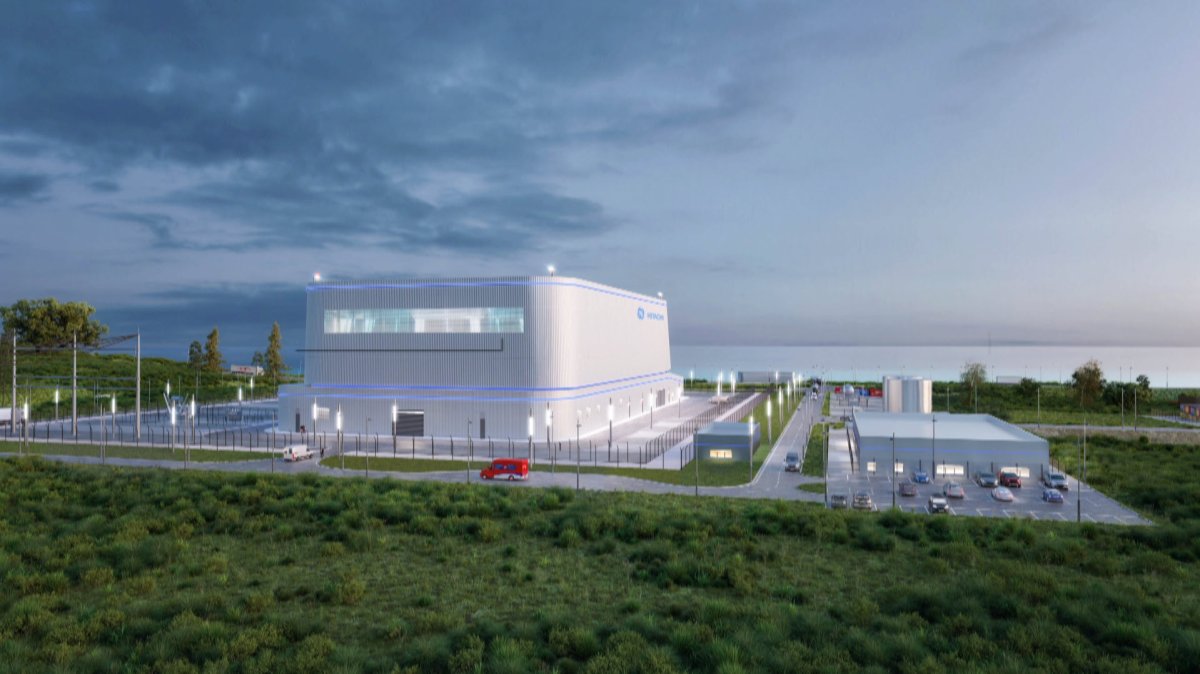A new poll shows massive support for nuclear power in Saskatchewan.

The survey, released by Angus Reid, shows 74 per cent of respondents said they are comfortable with having a nuclear power plant in the province.
That’s likely welcome news to the provincial government. It, along the federal government, Alberta, New Brunswick, PEI and Ontario are advancing plans for small modular reactors (SMRs).
The technology could be a central component in reducing greenhouse gas emissions, since SMRs produce none.
The head of the Sylvia Fedoruk Canadian Centre for Nuclear Innovation in Saskatoon is strongly in favour of the country and province adopting the technology.
Besides the lack of emissions, John Root pointed to the consistent power SMRs generate.
“If you want a steady electricity baseline, you have to either burn coal or burn gas or use nuclear energy,” he said, adding that wind or solar power can be intermittently available.
Root, who formally endorsed the government’s plan, also said SMRs are easy to transport and construct, saying they could help power rural parts of the province.
“You can build them in pieces and gradually phase them in as you phase out the coal (power plants).”
- Foreign intelligence services are contracting out killings to gangs
- U.K. bans generic passwords over cybersecurity concerns. Should Canada be next?
- Small grocers, co-ops receiving boost from Loblaw boycott: ‘A lot of anger’
- Quebec woman wonders why she’s being asked to pay thousands for cancer medication
According to Ken Coates, a professor who studies regional innovation at the Johnson Shoyama Public Policy school, nuclear power offers the greatest chance to reduce greenhouse gas emissions.
“Solar power is a bit of a help, wind power can be a bit of a help,” he told Global News.
“Nuclear power is a game-changer.”
Coates also said the technology could boost the province’s economy. Saskatchewan is a leading global producer of uranium, the fuel for nuclear power plants.
“It seems to me that it’s way overdue for Saskatchewan to use a resource that we have in abundance, to turn it into a competitive advantage in the way that Manitoba does with hydropower and Quebec does with hydropower,” Coates said.
“We can set a model for the world of sort of using small modular reactors to support small or remote communities.”
(While uranium is mined in Saskatchewan, it would need to be refined before used as fuel. None of Canada’s few processing plants are in Saskatchewan.)
But a leading environmentalist in the province remains dead set against the technology.
Peter Prebble, a Saskatchewan Environmental Society board member, said the small reactors won’t use much fuel — and certainly not as much as a larger plant. Therefore, he told Global News, they wouldn’t amount to much more revenue.
Another concern he raised was the cost. The Saskatchewan government has pegged the price for a single SMR at $5 billion.
What makes a small modular reactor “small,” by definition, is the output of 300 megawatts (MW) or less. 300 MW would power a town of approximately 200,000 people.
Prebble pointed to the new wind farm near Assiniboia, in the province’s south, which cost $340 million and produces 200 MW.
“There’s an enormous difference in cost there,” he said.
“Let’s double the cost of the wind power facility to $700 million to ensure that there’s excellent energy storage capacity. And you can see that nuclear power is potentially at least five times more expensive, perhaps more.”
Prebble said the SMR price tag would draw funds away from other renewable energy sources, like importing hydro power from Manitoba (which would require more infrastructure). It would also potentially preclude investment in greater energy efficiency and storage, he said.
Another problem that has Prebble concerned is how to deal with radioactive nuclear waste created from the fuel.
According to the SaskPower website, the province hasn’t figured that out yet, though a federal licence to operate a nuclear plant requires a strategy.
“We continue to work on a plan to manage the various levels of radioactive waste that will come from this project,” the site reads.
And Prebble’s biggest concern is the enthusiastic embrace of a technology that isn’t proven yet.
According to the International Atomic Energy Agency, there is no functioning SMR.
“Why take the risks associated with nuclear power and the enormous costs associated with nuclear power when we have more attractive options in Saskatchewan?” Prebble asked.
He will have time to try to persuade 74 per cent of the province who told Angus Reid pollsters they’re comfortable with a reactor in the province.
The Saskatchewan government is only scheduled to decide whether to build a SMR in 2029.
— with files from Connor O’Donovan





Comments